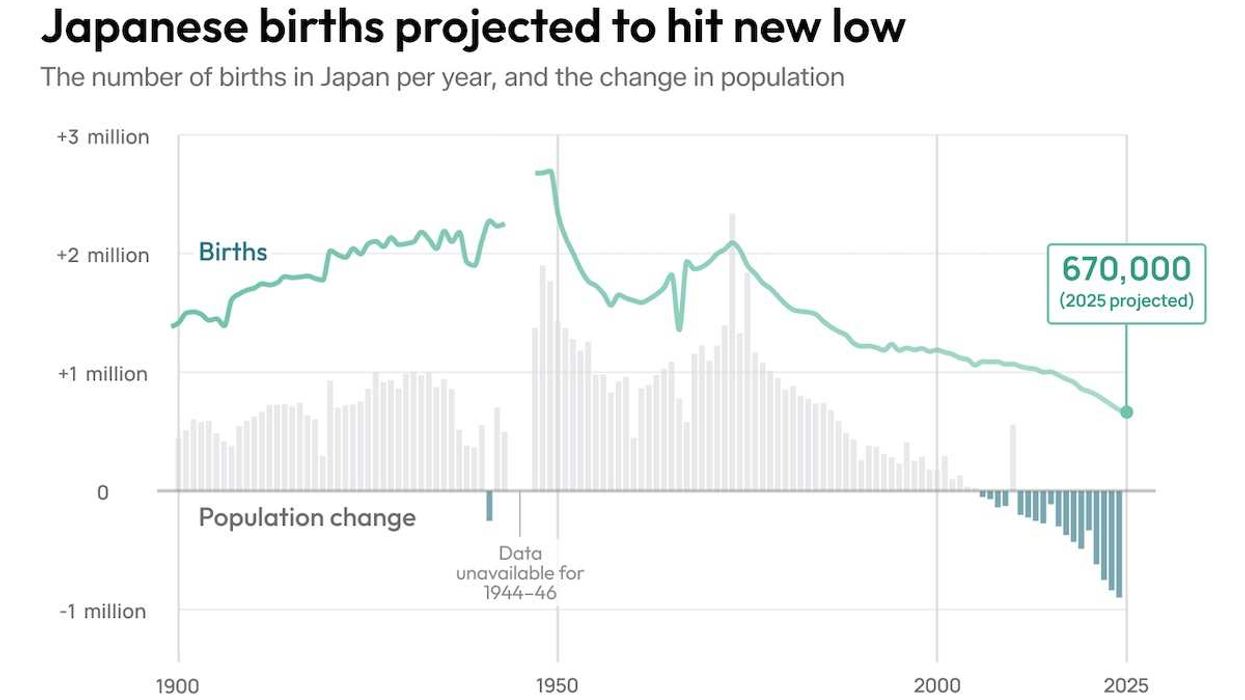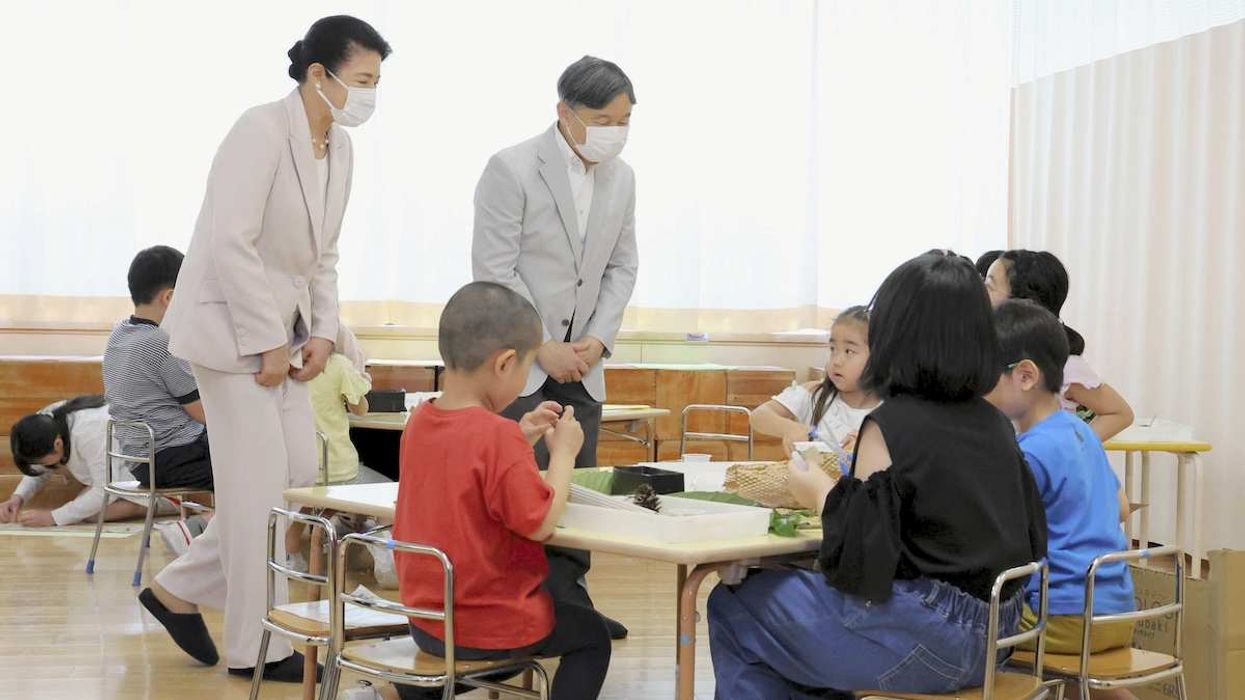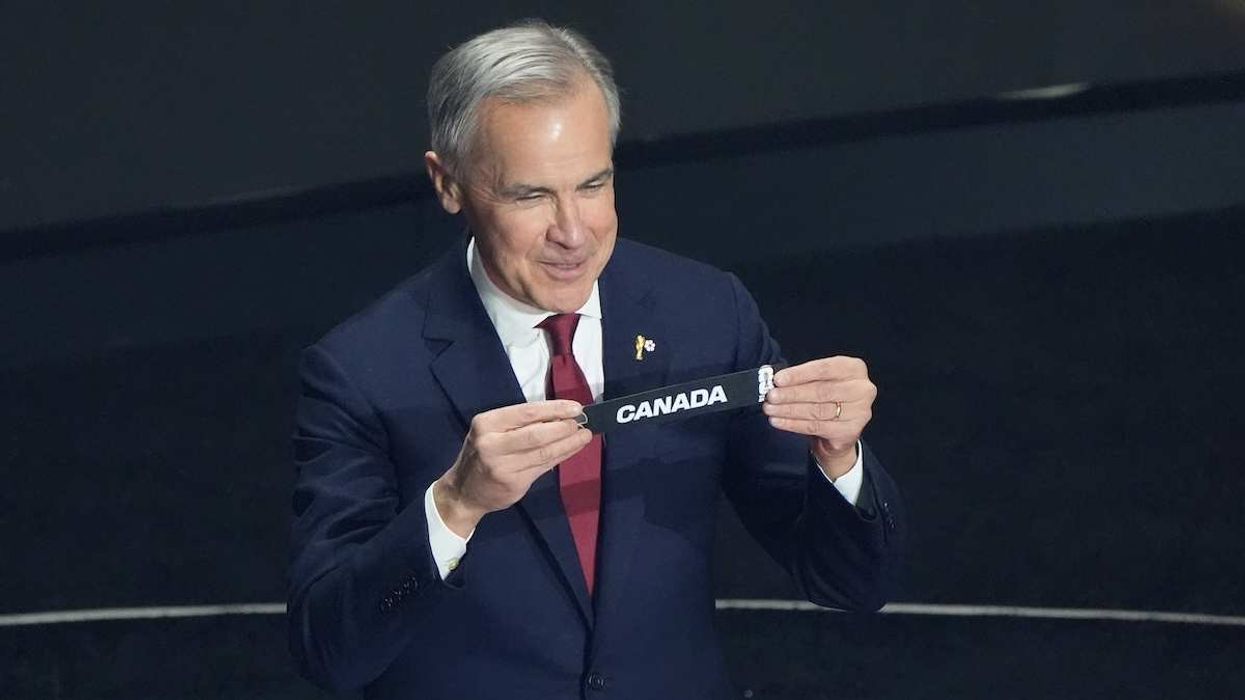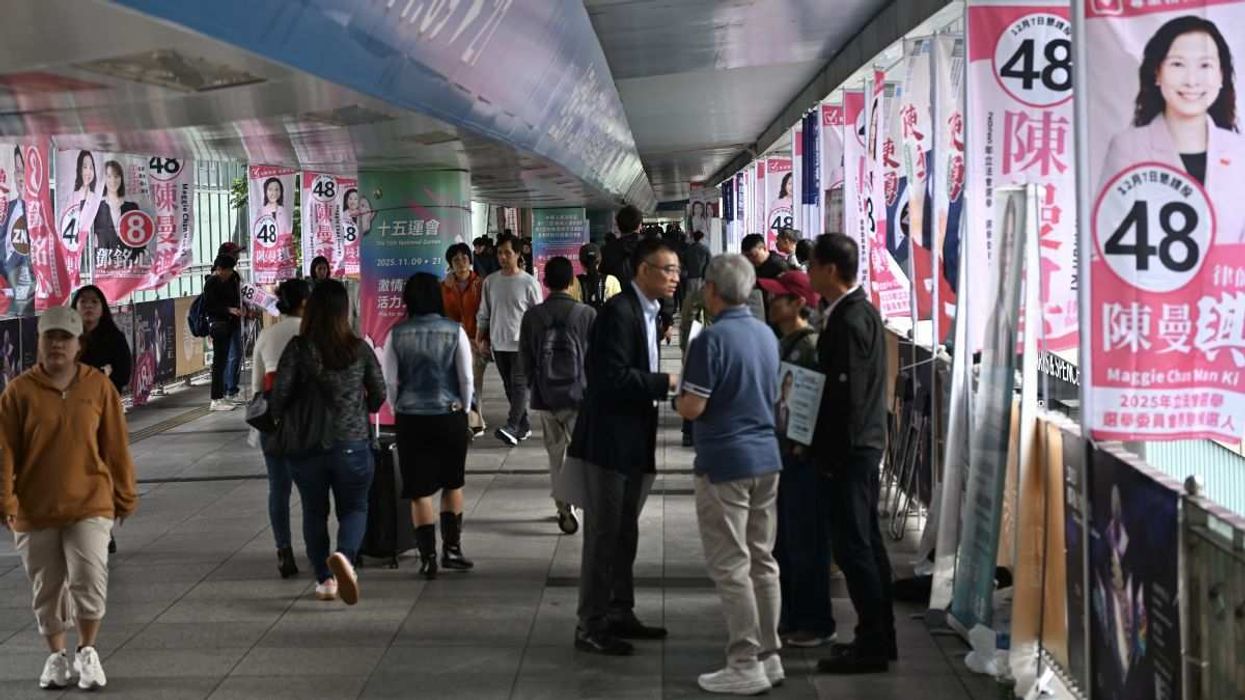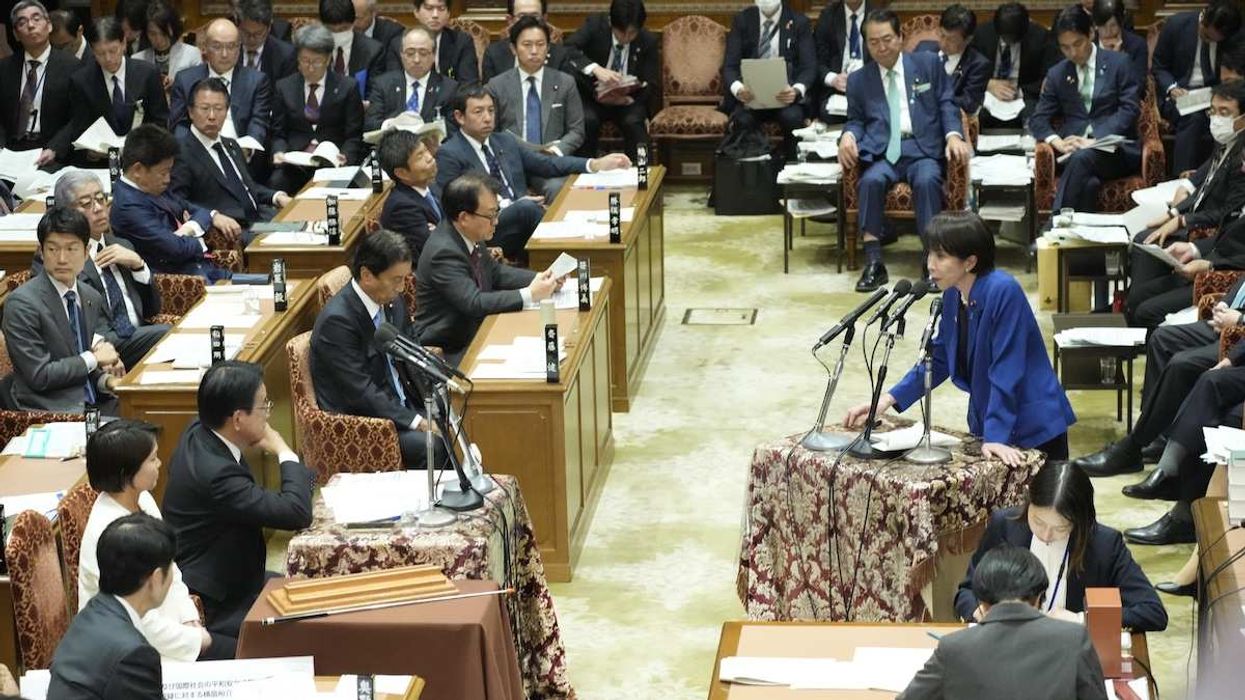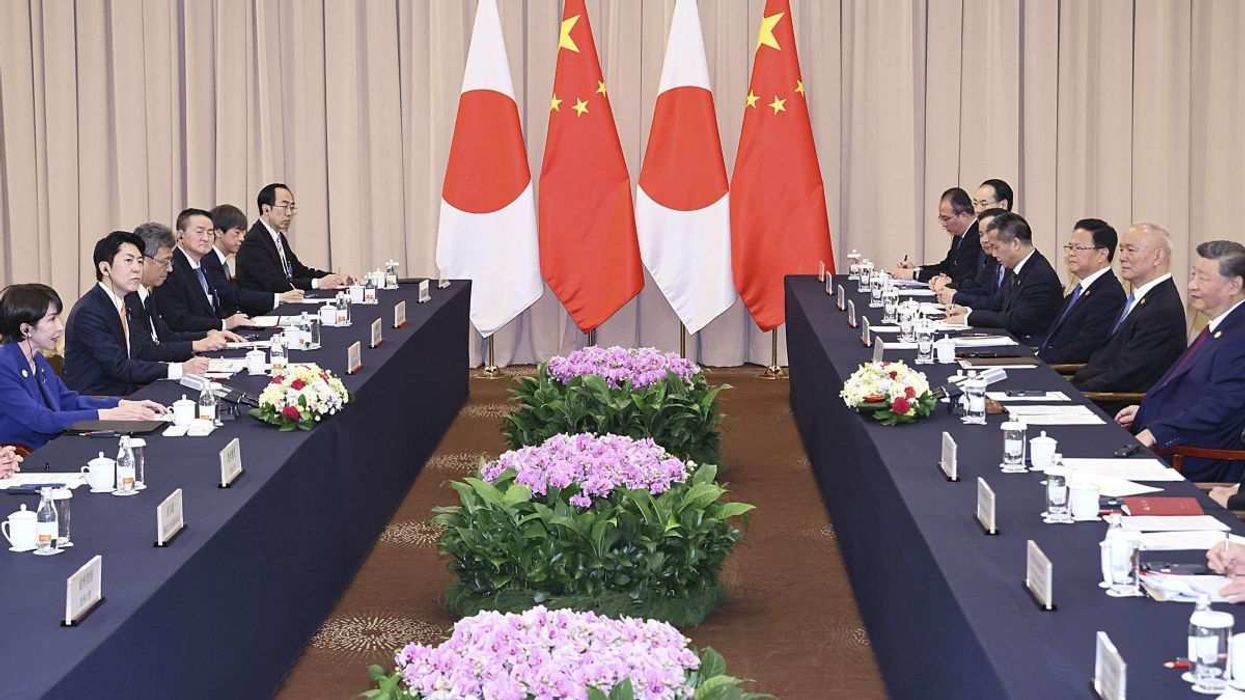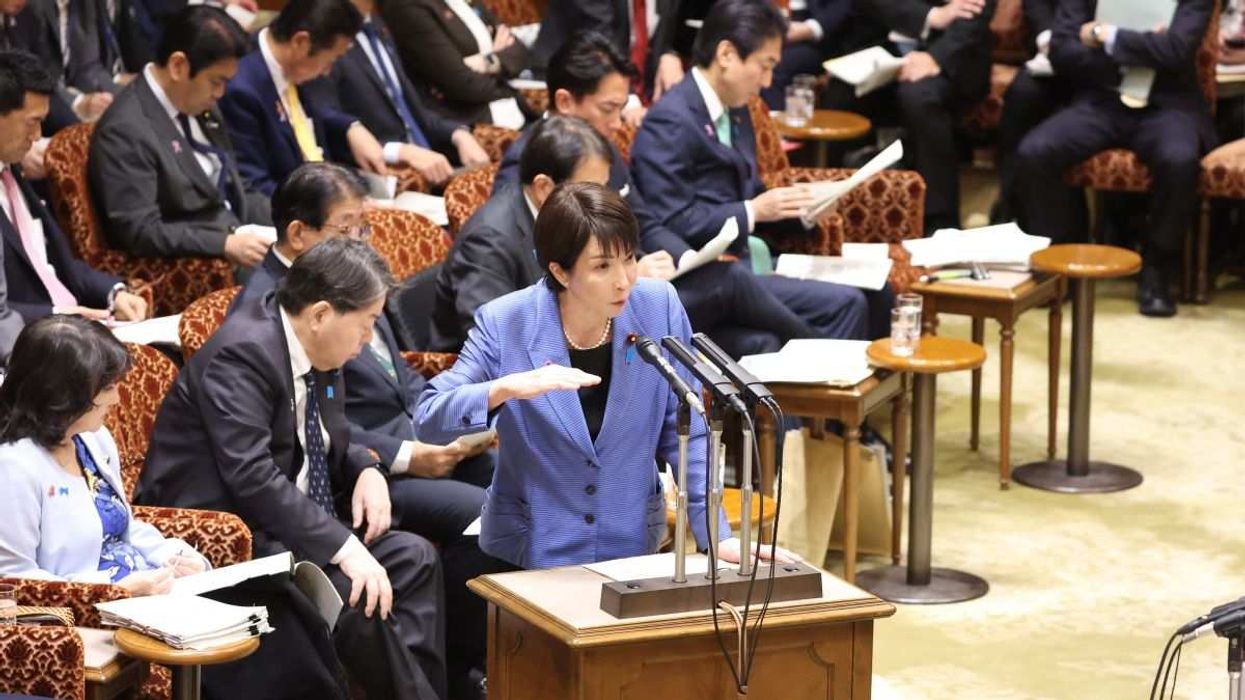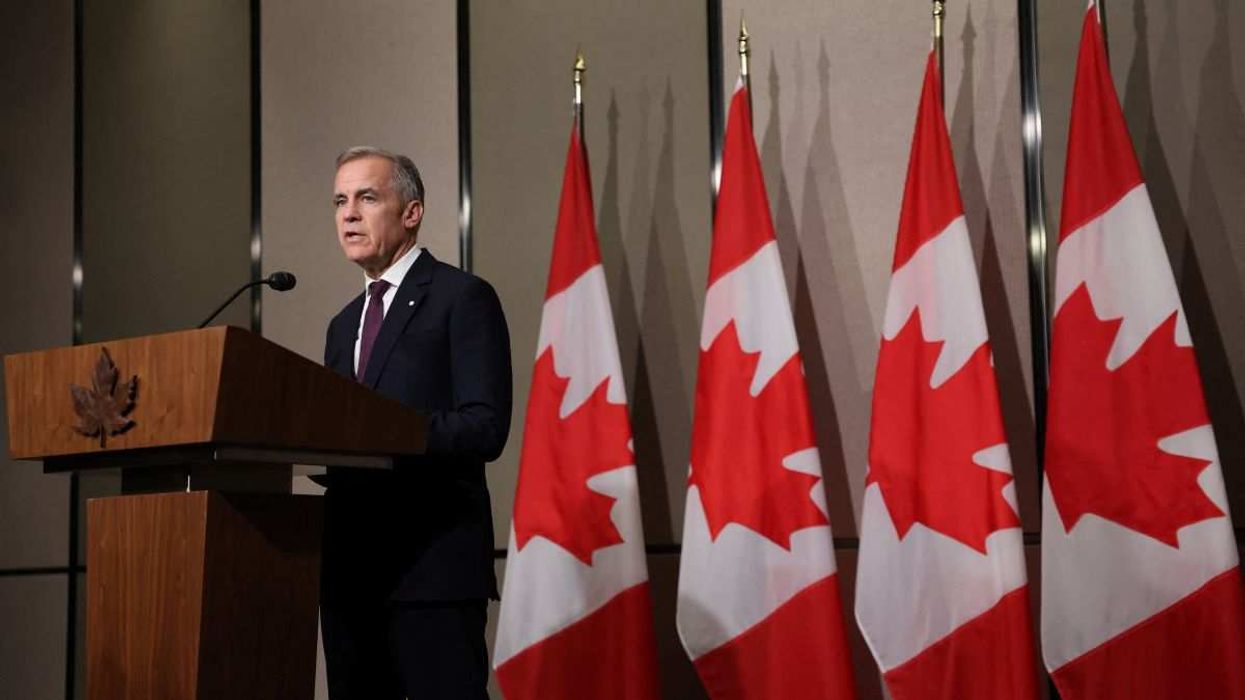Graphic Truth
Graphic Truth: Japan set for dramatic population decline
The number of Japanese births continues to plunge, and is set to fall short of the government’s most pessimistic targets this year. That will hit the population, and exacerbate the economic challenges that Prime Minister Sanae Takaichi faces.
Jan 08, 2026
